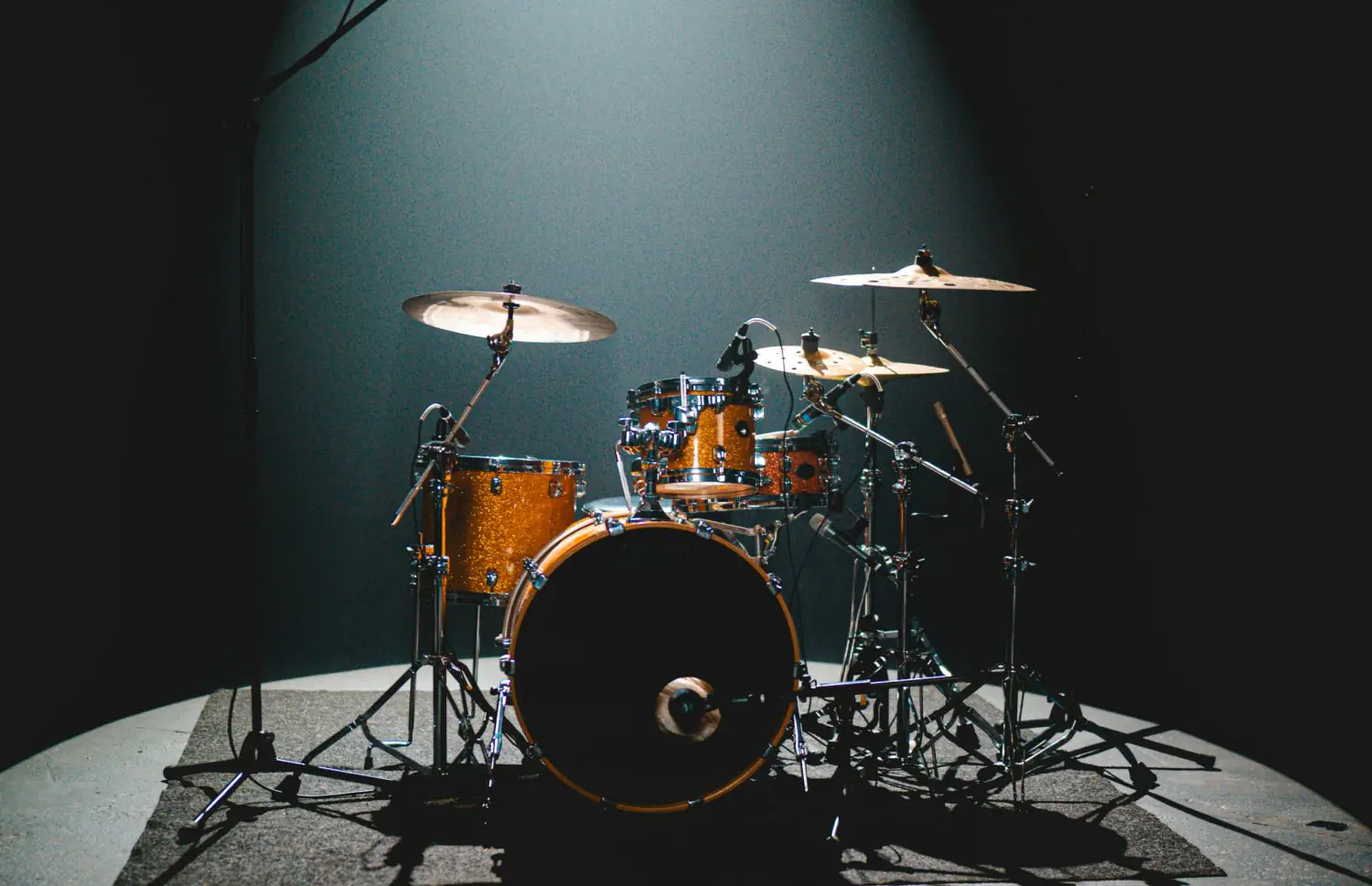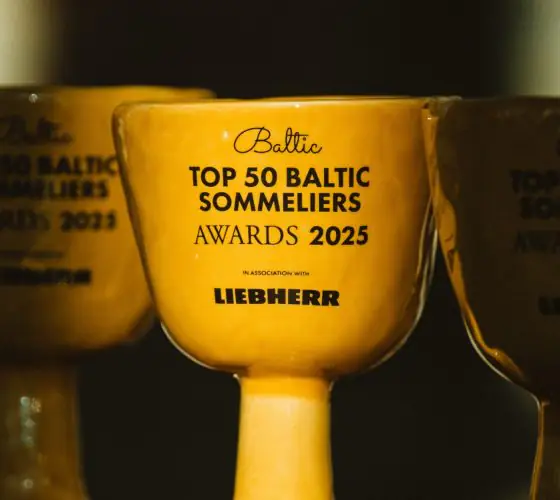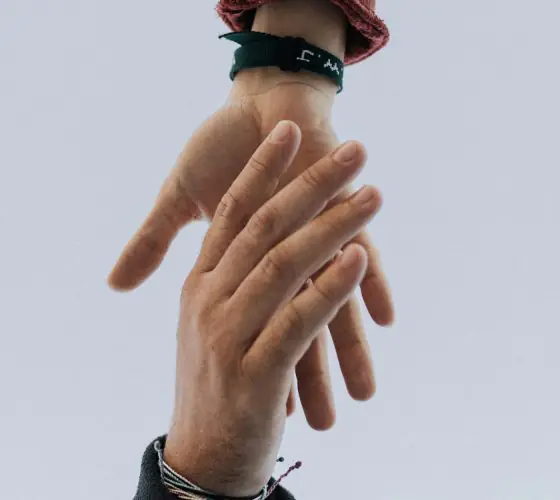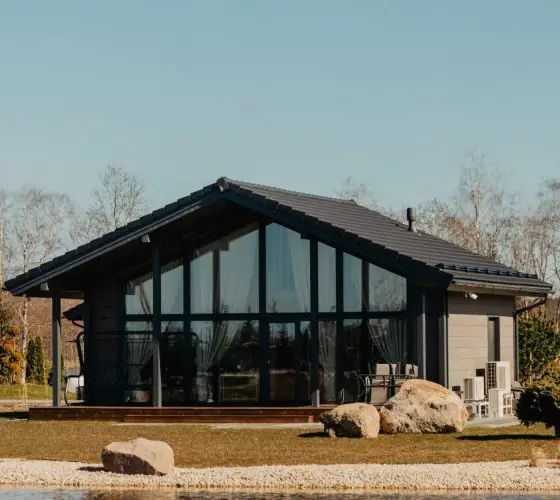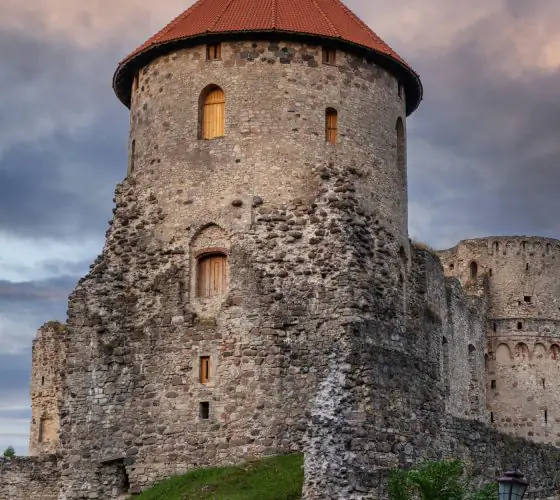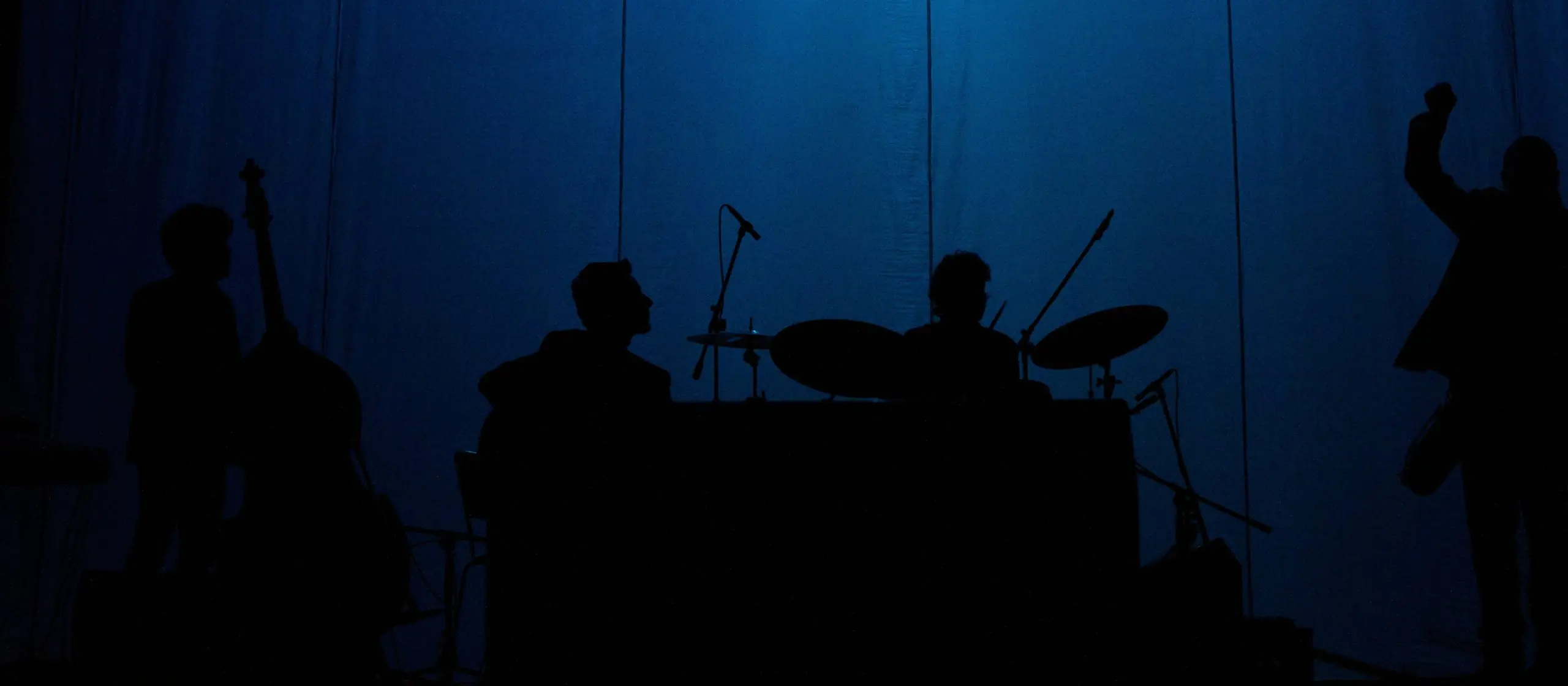
Over the past century, jazz has become an integral part of Latvian cultural identity. It has evolved from lively dance orchestras of the 1920s to the contemporary festivals and venues that honor tradition while embracing innovation.
The First Notes: Jazz Takes Root in Latvia
The birth of Latvian jazz closely parallels the birth of Latvian independence. After proclaiming sovereignty on November 18, 1918, Latvia began rebuilding and defining its cultural identity in the aftermath of World War I. The postwar years brought a renewed sense of optimism, and in this atmosphere of revival, Latvia welcomed new artistic influences—especially the exciting music arriving from the USA and Western Europe.
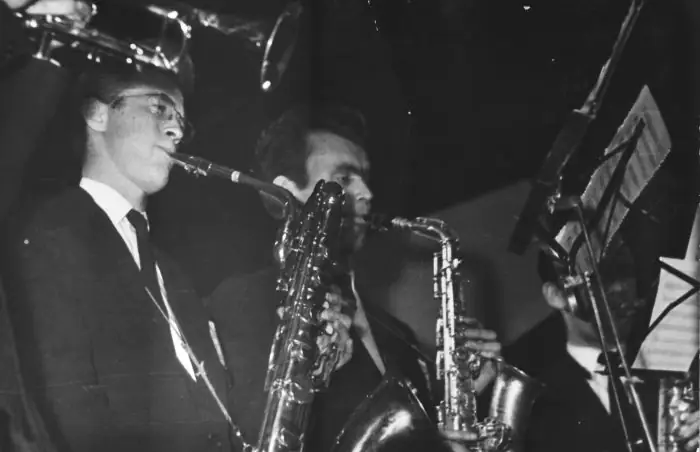
jazzin.lv

jazzin.lv
The first mention of jazz in Latvian print media was on January 28, 1922, when an advertisement for a jazz band performance was published in Grand Marine cinema. “A jazz band — only in our theater!” Shortly after, on February 1, 1922, the Palais Royal restaurant promoted “excellent dance evenings with a performance by the Original Jazz Band!” These events were not isolated; they marked the beginning of jazz as a popular art form in Latvia.
Latvian musicians quickly embraced jazz. Among the pioneering local figures shaping this new sound were pianist Emīls Kīnemans and violinist-conductor Mihails Aljanskis (also known as Miša). Initially, jazz was performed alongside “salon trios” and orchestras, blending traditional European styles with the emerging American jazz craze.
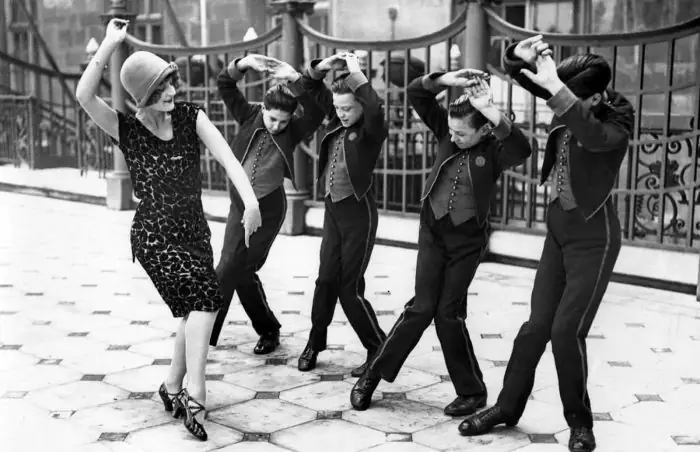
walksofcharleston.com
By 1925, jazz was well-established. The Savoy Band, one of the earliest jazz orchestras in Latvia, received press attention and performed regularly until 1935. Around this time, “dance orchestras” flourished, often bearing exotic English names such as Bubi Jazzband, Banjo Dancing Band, American Banjo Fifi Dancing Band, and many more, reflecting the vibrant dance culture sweeping Europe. Over sixty orchestras were active, accompanying dances like the Charleston and Black Bottom.
In 1929, sound cinema arrived in Latvia, further popularizing jazz music through films such as Sonny Boy. Meanwhile, local musicians like the violinist Jaša Levensons (later known as Aldjanovs) and the clarinetist Eric Bochard contributed to the growing jazz scene. Founded in 1931, the Bellacord Electro recording company became the Baltic region’s leading record label, producing numerous jazz recordings conducted by prominent figures like Teodors Vējš, a violinist. Bellacord Electro helped preserve a rare Baltic archive of jazz recordings—some of which survive only thanks to these early issues.
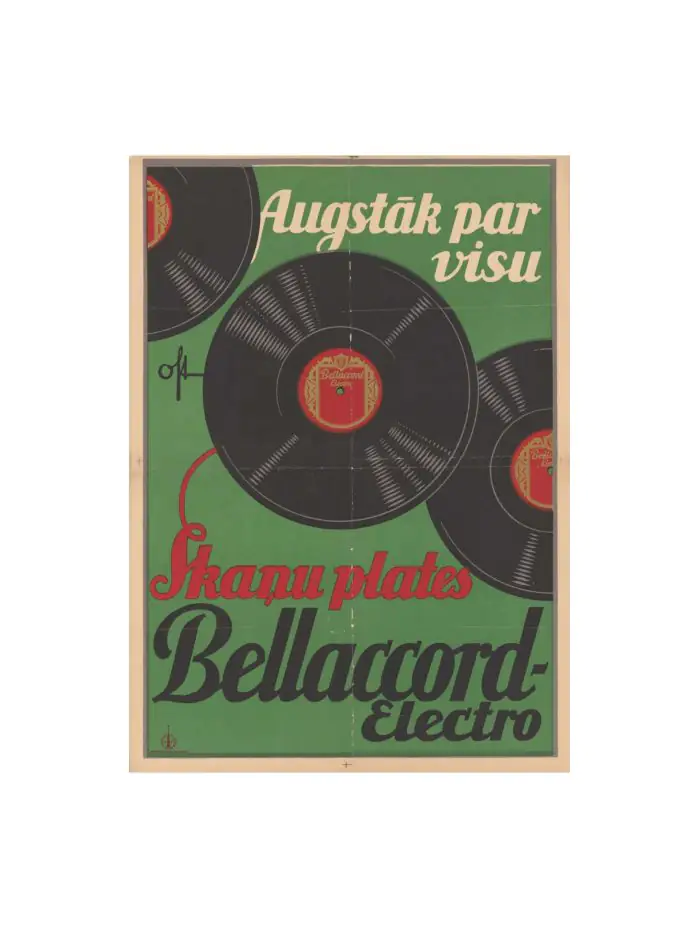
enciklopedija.lv
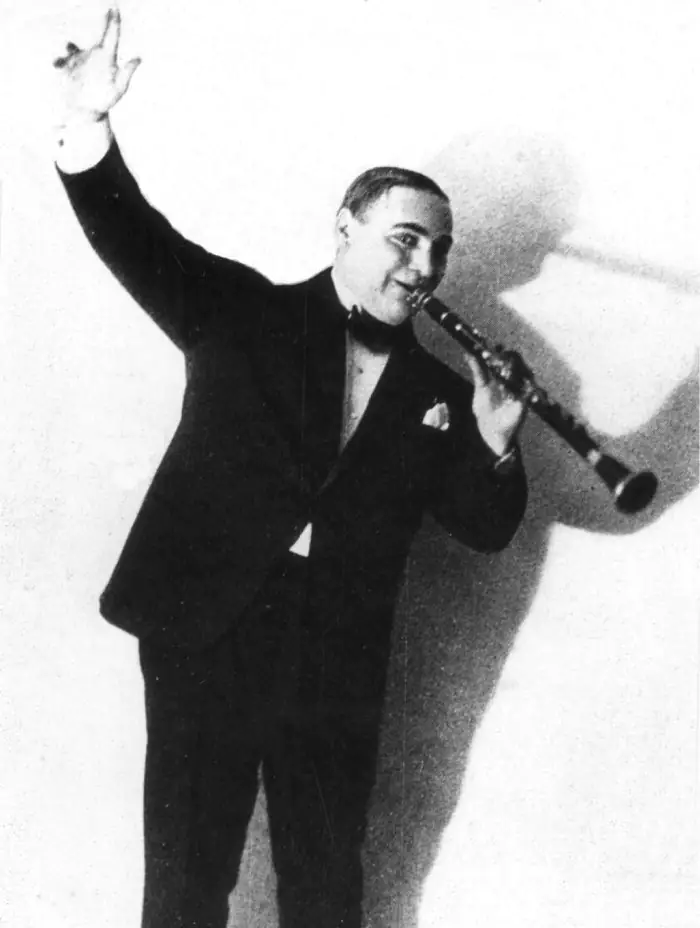
The early 1930s marked the “qualitative development” phase of Latvian jazz. Bands were identified by their conductors, such as the Šmidt-Kremer Jazz Band and the Teodors Keizers Orchestra. This period highlighted a maturing appreciation for artistic individuality and repertoire diversity. In April 1932, Latvia’s first symphonic jazz orchestra, La-Si-Do, made its debut. Organized by composer Jānis Vītoliņš, the orchestra performed Gershwin’s “Rhapsody in Blue”—a landmark event that introduced a sophisticated fusion of classical and jazz traditions. Although jazz critics initially met these innovations with skepticism or disdain, the genre steadily gained a foothold in Latvian cultural life.
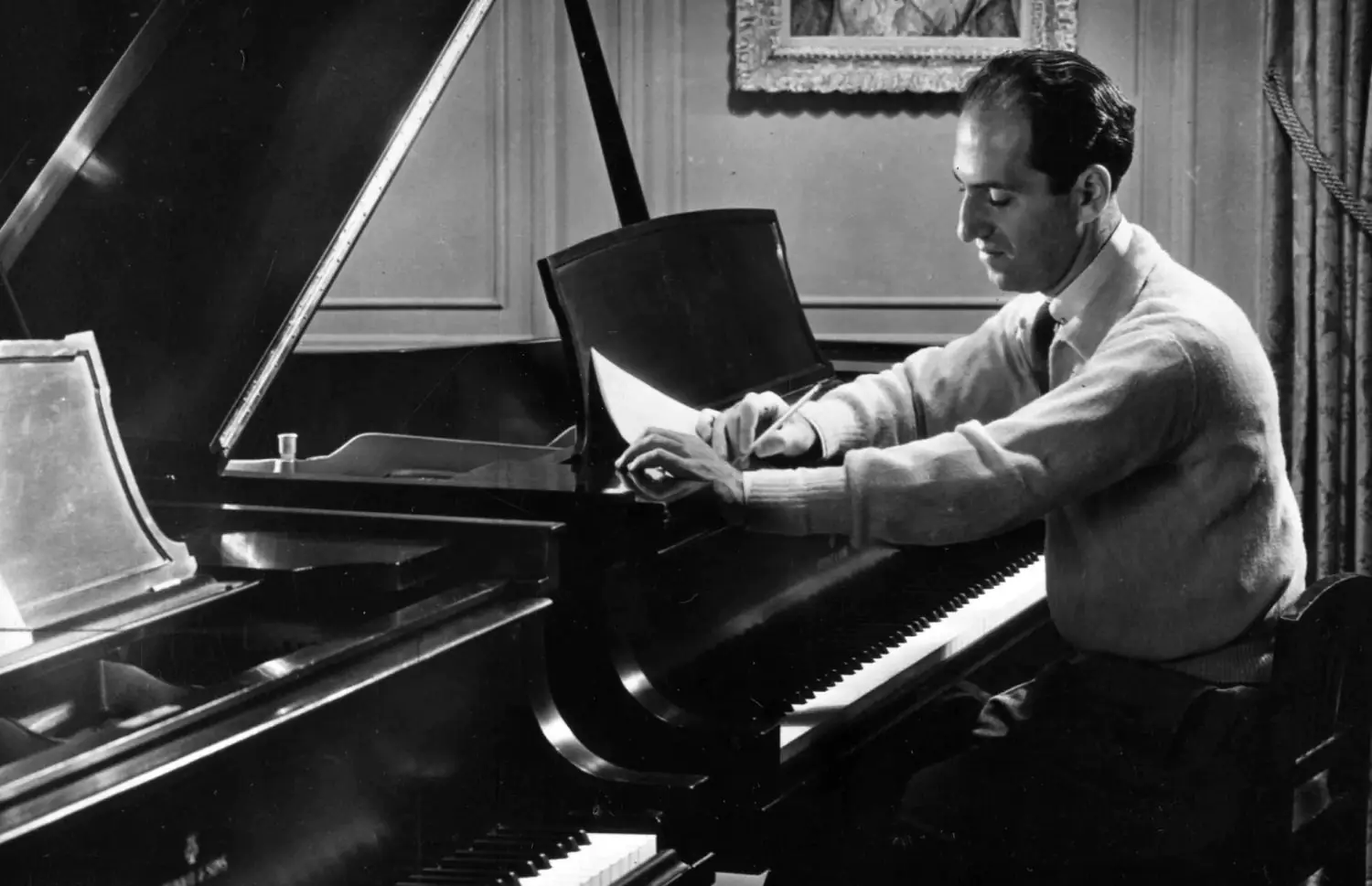
npr.org
The Golden Era: Mid-20th Century and the Riga Jazz School
Latvia’s cultural landscape changed significantly after June 17, 1940, when the country came under Soviet control. In the following decades, artistic expression—including jazz—was shaped by strict censorship and ideological limitations, as the genre was often seen as a “decadent” Western influence.
Nevertheless, the 1960s ushered in a golden era of Latvian jazz revival. The first local jazz festival, KIKOK (commonly referred to as the Cinema-Komsomol Youth Club), took place on December 18, 1962. It was organized by the youth of a film studio and jazz enthusiasts, including the singer Bruno Oja and the bassist Juris Āķis. Though informal in spirit, the event received official approval and reflected a cautious but meaningful acknowledgment of jazz within the cultural environment of the time.
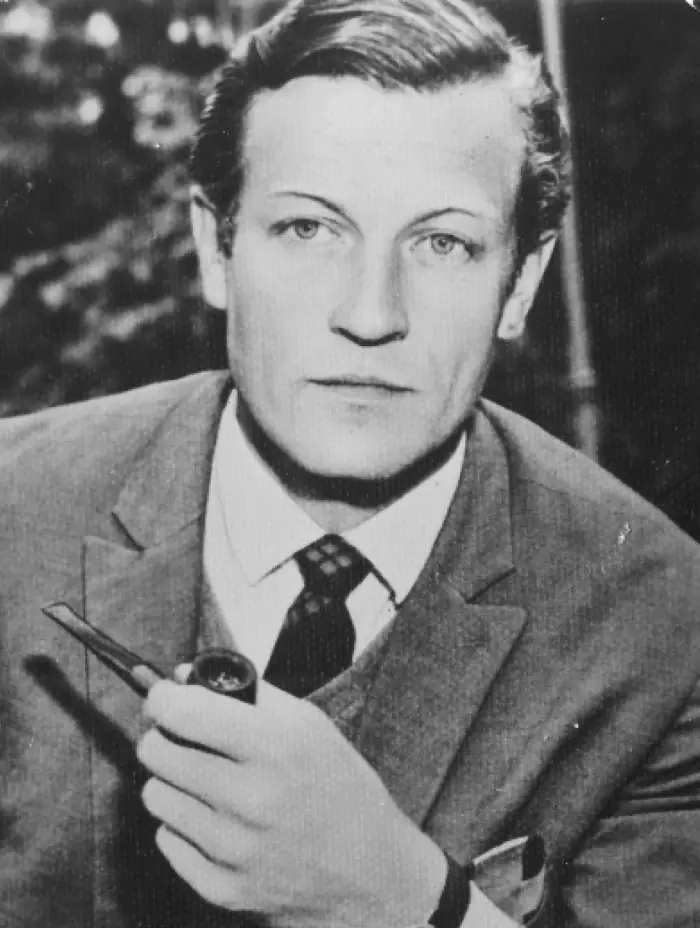
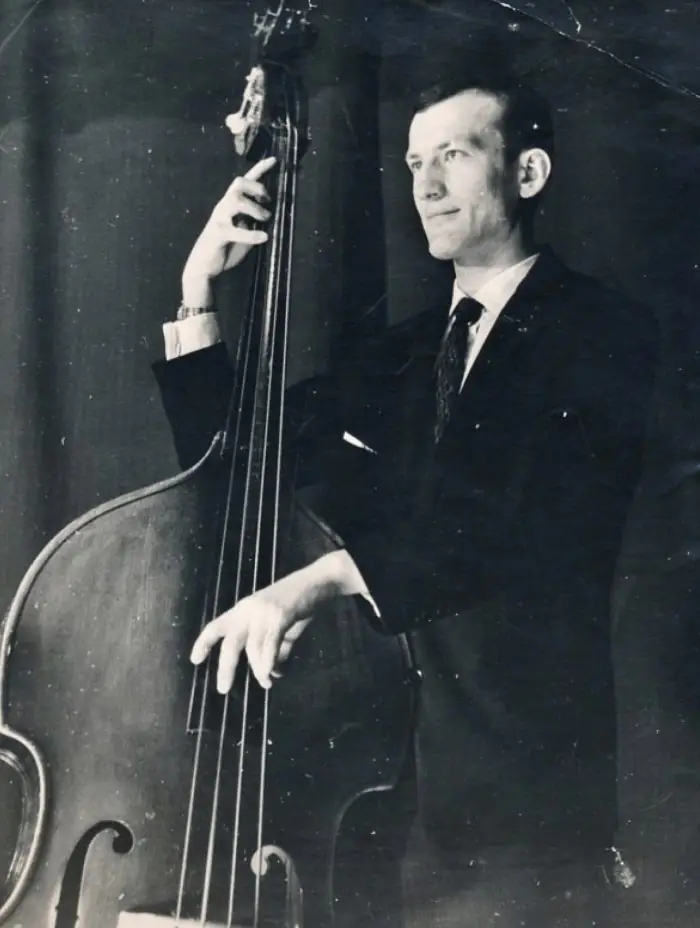
The festival featured twelve ensembles performing a wide range of music, including Dixieland, swing, hard bop, and “third stream” experiments blending jazz and classical elements. While regulations of the time placed limitations on performing foreign compositions, musicians found creative ways to navigate the rules, presenting works by Latvian and Soviet composers alongside jazz standards.
With the help of KIKOK, Riga was positioned as the Baltic jazz capital. Legendary artists like Raimonds Pauls, whose career bridged jazz and popular music, and Egīls Švarcs were nurtured there. The Riga Jazz School and other institutions have emerged as centers for jazz education, fostering new generations of musicians and reinforcing the role of jazz as a voice of freedom and creativity.
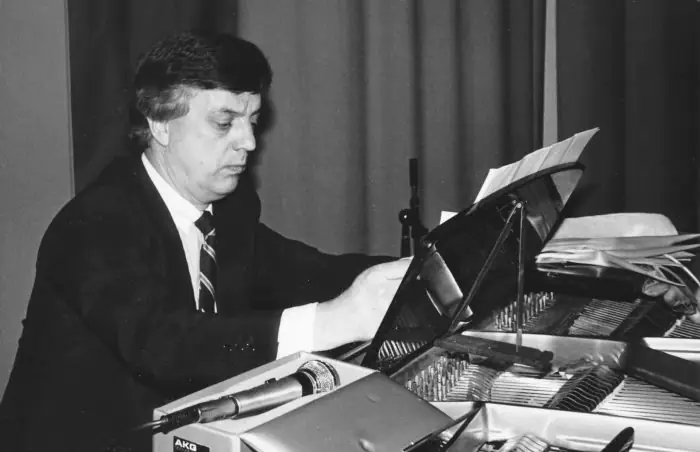
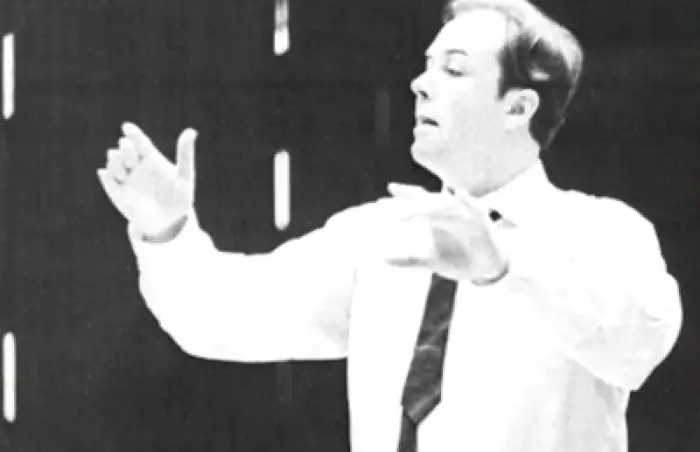
Contemporary Jazz: Festivals, New Venues, and Rising Stars
Today, jazz in Latvia is a thriving and diverse scene, supported by formal education and growing cultural recognition. Since 2009, the Jāzeps Vītols Latvian Academy of Music has offered professional jazz studies, and seven secondary music schools across Latvia have nurtured young talent, helping Latvian jazz musicians gain international recognition and professional training. Some of them now perform internationally.
Major festivals such as Rīgas Ritmi, which is over 20 years old, and the even older Saulkrasti Jazz Festival continue to draw international and local audiences. Newer events like Pink Noise Riga and steady venues such as the VEF Jazz Club enrich the musical landscape with fresh energy.
Jazz in Riga lives not only on large festival stages but also in lively urban spaces that keep live jazz accessible and part of everyday life. One such place is the Radisson Blu Latvija Conference & Spa Hotel, whose Lobby Bar has become a regular meeting point for music lovers. While not a traditional jazz club, it offers live jazz performances every Thursday from 8 PM to 10 PM, featuring both Latvian and international artists. Guests can savor the music and explore a menu of global favorites, including bouillabaisse, steaks, burgers, and poke bowls.
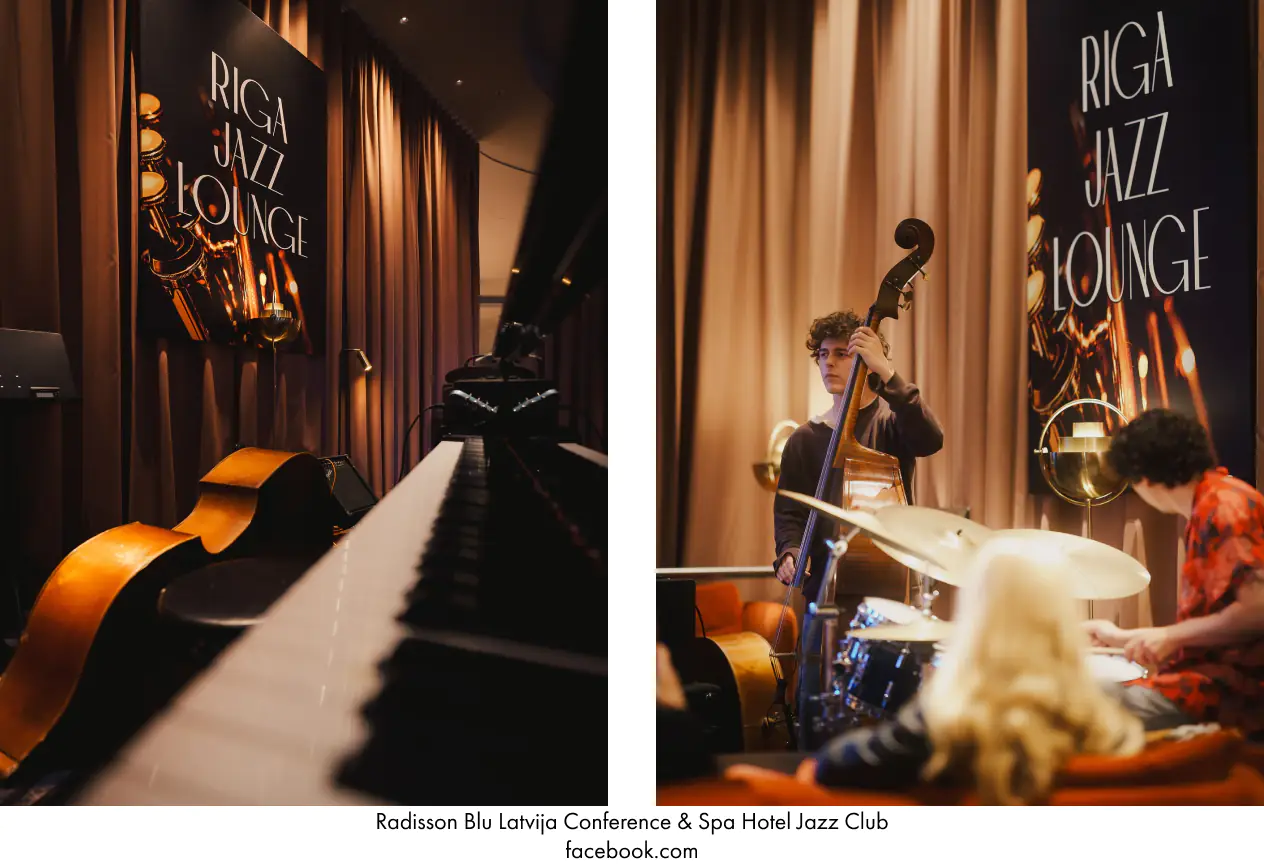
“Jazz has a long tradition in Riga, and we’re proud that Radisson Blu Latvija has become a natural part of it,” says Jānis Priede, Director of Sales and Marketing.. “With regular live music at our Lobby Bar and as a host venue for the Riga Rhythm Festival, jazz truly lives here, not just as a performance, but as part of the atmosphere our guests enjoy.”
This unique positioning reflects the ongoing evolution of jazz in Latvia—as it finds new spaces, new audiences, and new ways to connect with everyday life.
Jazz as a Timeless Dialogue
Latvian jazz is undoubtedly more than just a series of historical moments or isolated performances. It is a living, breathing conversation across time and cultures. It embodies the country’s enduring spirit of resilience and openness—a genre that thrives wherever people truly listen and feel. From its first appearances in the Roaring Twenties, through the challenges of Soviet censorship, to the vibrant festivals and intimate jazz nights of today, jazz in Latvia has remained a symbol of freedom, creativity, and community.
Whether you’re a seasoned jazz aficionado or a curious newcomer, the sounds of Latvian jazz invite you to experience Riga’s rhythm, where history, people, and music come together in perfect harmony.
